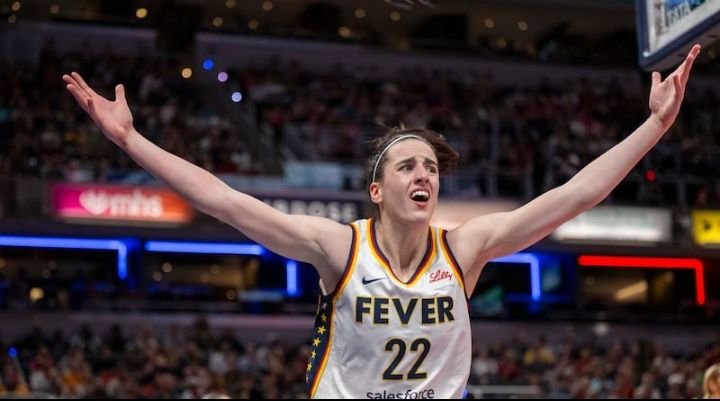
Coach Darvin Ham emphasizes the importance of maintaining the strategies that initially secured the lead, despite the pace of play slowing down in the second half of the first two games.
Before Game 3 of their first-round playoff series against the Denver Nuggets, Lakers coach Darvin Ham conveyed a clear directive to his team: maintain the pace in the second half and avoid losing momentum.
One recurring theme in Games 1 and 2, both won by the Denver Nuggets, was the decline in pace during the second half, a trend that worked to the Nuggets’ advantage and contributed to their 2-0 lead in the best-of-seven series.
In Game 1, the pace (possessions per 48 minutes) was 99 in the first half, with the Lakers leading 60-57 at halftime. However, the pace dropped to 89 in the second half.
In Game 2, a similar pattern emerged: the pace was 98 in the first half, with the Lakers leading 59-44. However, the pace dropped to 88 in the second half, during which the Lakers squandered a 20-point third-quarter lead, ultimately resulting in Jamal Murray’s game-winning shot at the buzzer.
Ham highlighted the Lakers’ ability to start strong and run early in the first half, emphasizing the need to maintain that pace into the second half. He stressed the importance of improving finishing at the rim and continuing to create the same open looks they had in the first half.
In the first halves of those games, the Lakers boasted an offensive rating (points per 100 possessions) of 121.4, contrasting sharply with their second-half offensive rating of 92.2.
Ham attributed the decline in offensive performance to the Lakers’ decreased pace as the games progressed.
Ham emphasized the importance of maintaining rhythm, stressing the need to avoid playing defensively or cautiously. He highlighted the necessity of consistently executing winning basketball strategies, such as initiating actions within the first six seconds of possession, and trusting in those actions to yield positive results.
Ham emphasized the importance of trusting in speed and pace, whether it’s executing full-court running habits or making quick decisions in the half-court. He emphasized the need to play assertively, pushing towards the paint and maintaining rhythm without playing defensively to protect the lead. He reiterated that while having a lead is great, it’s essential to stick to the strategies that initially secured that lead, with pace being the key focus, both in the full-court and half-court situations.







